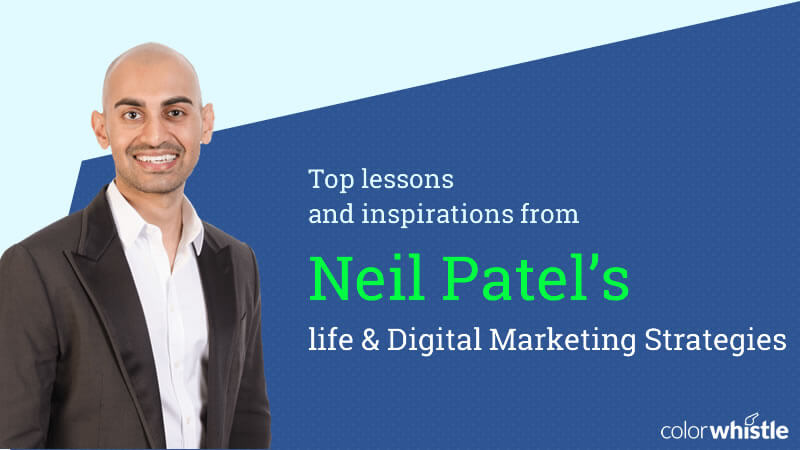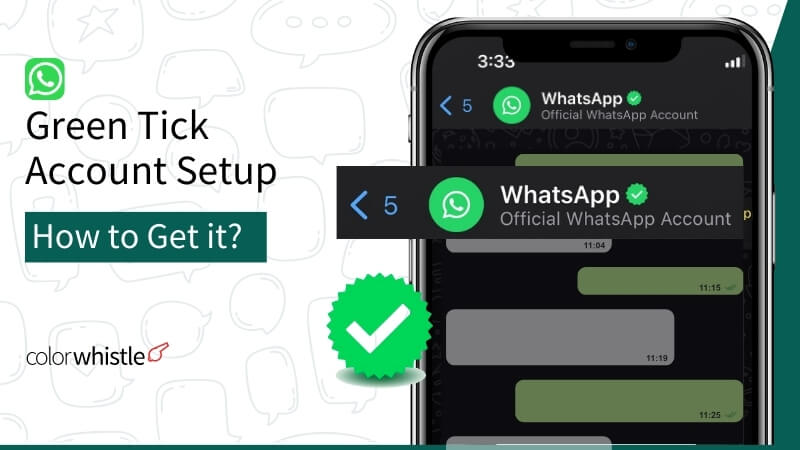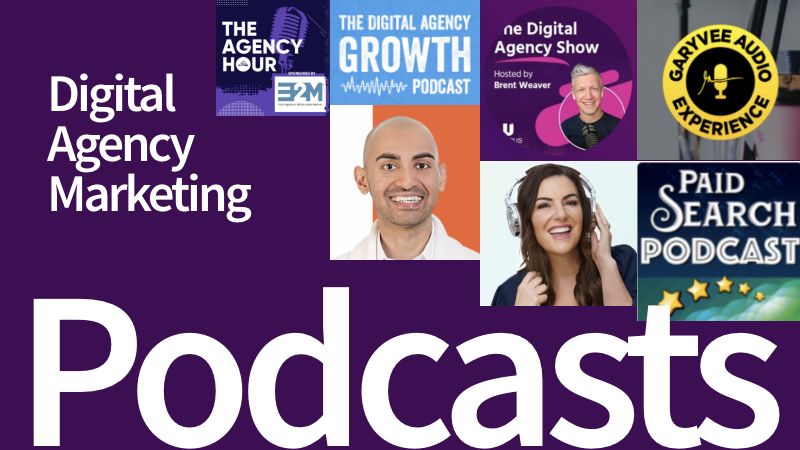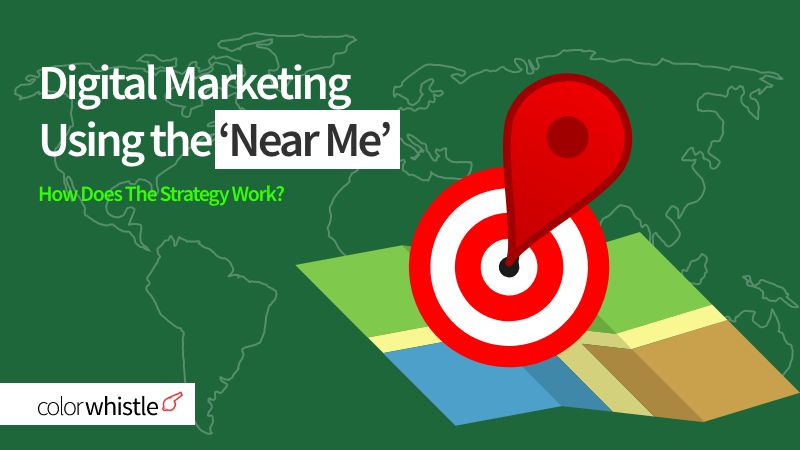Neil Patel doesn’t just influence, he inspires. Patel is a renowned web influencer who is most sought after as a digital marketing expert. Recognized as a top influencer and marketer by the likes of Forbes and The Wall Street Journal, this millennial’s journey as an entrepreneur and his ideas on digital marketing are equally inspiring.
Neil Patel’s Life
In January Neil’s website had over 800,000 visitors. One of his blogs earns over $300,000 per month. He operates successful businesses like Kissmetrics, Crazy Egg and Hello Bar.
He is the guy you turn to when you need an answer to your digital marketing questions. He is also a brand unto himself.
Yet, it has not been a meteoric rise or a dramatic one. Neil Patel wasn’t a nobody yesterday and a superstar today – no magic wands in his story.
It has been a long and steady race and although he turns only thirty two this April, he has put in close to two decades as an entrepreneur.
Born in 1985 in London, Patel grew up in California when his parents moved to the United States. He has said that initially his parents struggled as first generation immigrants but he had always been surrounded by entrepreneurs.
He credits his business-owning uncles and his entrepreneurial mother with having sparked the interest in owning and operating his own business. Yet he wasn’t satisfied with the style of entrepreneurship they showed.
Young Neil wanted a better lifestyle. He also wanted to do business better than what others were doing.
His journey to become an entrepreneur has its own lessons.
Do it the right way
When he was in school his first business idea came from his cousin who was burning CDs and selling to students. Neil Patel did the same thing for sometime before realizing that there was little chance of real profit in this venture.
Later Neil started selling cable black boxes. He made the purchase on ebay and resold it to students and parents. Although he was making profits with the latter, he realized that these ventures had questionable legality.
He dropped these ventures and moved on to reselling auto parts to students. This time he got a resellers permit to do it. Purchasing parts at a discount and reselling them at a profit, he hit upon the first solid business strategy of his career.
What I found interesting is that someone so young recognized the shortfalls of pursuing an enterprise that may make profits but wasn’t legally sound. This in itself is a point to remember for budding entrepreneurs.
Also Read
A setback is an opportunity
When he was fifteen and the income from his auto parts business wasn’t steady Neil Patel decided to work for others. His first job involved clearing trash and cleaning restrooms but he enjoyed it as the job paid more than others at the same facility.
Ever keen on improving his income, he then became a door-to-door salesman selling $1,600 vacuum cleaners. He was surprised when he seemed to sell a vacuum after a month of canvassing but as Patel shares on his website, the vacuum was returned.
What he found out was that an average American cannot afford a $1,600 vacuum. There were cheaper alternatives available. Since his sister was working at Oracle, Patel went job hunting at Oracle.
He went to monster.com to see if any jobs at Oracle were available but instead he ended up learning about the business model of monster.com and how they were monetizing it.
Ever the entrepreneur Neil Patel invested his own money to start his own job board. Then he learned that he would need to market the website before anyone would actually find it.
It was in many ways the seed of his enterprise.
Learning
His experience with digital marketing wasn’t a good one. If anything he lost money to internet marketers without getting anything in return.
What was Neil Patel’s response? He went ahead and learnt what internet marketing was. He even started an online consulting site but couldn’t really cash in on it because (literally) it didn’t have an option to accept credit card transactions.
Did he give up? Certainly not. He identified that a roadblock in his quest to start a real consulting firm was a college degree. So he went about getting one.
Not that he was quietly going through college. As part of his assignments he had to give speeches and his speeches were about digital marketing. This lead to his first paid consulting job.
That gig led to other jobs through referrals and the formation of a digital marketing consulting firm.
Big ideas do not always translate to profits
Patel invested some of his earnings, about a million dollars, from his consultation firm into a company called Vision Web Hosting which didn’t work out. He lost a million dollars.
Next he started Crazy Egg, a software venture, which had a lot of hype when it came to the market but didn’t find any buyers. The analytics software helps businesses understand what is attractive to customers on their website.
In fact after a time the company wasn’t making money and Neil and his partner tried to pitch it to venture capitalists.
When that also failed, they had to work to making Crazy Egg profitable. But they kept the consulting firm alive while they were working on Crazy Egg.
When Crazy Egg came back on track, Neil and his partner decided to leave consulting and focus on software development ventures. None of them worked for the simple reason that they weren’t solving problems that others hadn’t already found solutions to.
Also Read
Identity problems and design solutions
The success of Crazy Egg and the failure of other ventures led Neil Patel to determine that a software venture was unlikely to succeed unless it could solve a unique problem.
Given that Crazy Egg had a small market, Patel went on to create a larger analytics product called KISSmetrics which found a wonderful problem.
KISSmetrics, a B2B platform, found a wider acceptance and greater market share because it provided the kind of information website owners were looking for. As a result they were able to introduce more products under the banner and even find venture capital and funding.
Focus on one thing and deliver on it
In his interviews and podcasts Patel stresses on the importance of focusing on one product and getting it out in time. As he says the aim should be to execute the idea quickly and develop a product based on consumer feedback.
A simple strategy that Patel explains is:
- Once you have an idea, start working on it
- Define milestones for the project
- After each milestone get feedback
- Use the feedback to make adjustments on the product
- Don’t develop the full product without knowing if you are headed in the right direction
- Aim to get the product out on time
- Don’t wait for a polished product
- Get the product out there, then perfect it based on user feedback
Most importantly, Neil says, don’t get distracted by the other products out there. He calls it the “shiny object” syndrome. It is very tempting to try and do many things at a time because you are worried that other products are outselling yours.
Stay focused on your product, refine it and sell it for what it is and what it can do.
Neil Patel is probably not saying anything that business experts haven’t said over the ages. What makes his take on business valuable is that he is a young man who has built something from scratch.
Neil has succeeded in some ventures, lost in many others but has remained focused on his goal to become a successful entrepreneur.
What’s more important he is willing to share his losses and mistakes as much as his successes. For someone aspiring to or running their own small business, this type of information helps in getting their own lives in perspective.
Neil Patel’s success in digital marketing perhaps comes from his long journey trying to set up various businesses. He has seen the lows and come up from them, which means his strategies are very much tried and tested.
As the owner of a full-service web design and development firm, I find that Neil’s slow, steady and focused approach to building his enterprise is indeed an inspiration. His digital marketing strategies are of course equally inspiring.
Things I like about the way he shares his strategies with small business owners everywhere:
- He shares a lot of information
- His strategies are backed by data
- He doesn’t mind telling you if something didn’t work
- He tells you why it didn’t work
- He tells you why it does work
- He speaks as much from his own experience as that of his clients
- Here are some of his digital marketing strategies that I found extremely valuable:
Neil Patel’s digital marketing strategies
Choose the marketing channel(s) best suited for your business
While consultants tend to advise several channels for any business, business owners need to first ask the right questions.
Don’t start with “Which marketing channel is best for me?”
Start with:
- Who are your customers?
- Where do they hang out (not just physically, but online)?
A detailed customer profile can give you a lot of ideas for the marketing channel question.
Neil’s blog on the best marketing channel for your business explains this simply and in great detail.
What I liked about the blog was that it makes it appear so simple. As business owners we tend to get overwhelmed by everything that goes on around us, especially if it’s a new business.
Even a question like which is the best marketing channel can become complicated.
In reality, the answer is simple. Choose a channel that suits your customer profile best. If your customers spend 2 hours a day on average on Facebook, that’s where you should engage with them.
Know your customer to know the best way to market to them.
While it may seem the obvious answer, it may surprise you how many business owners I have come across who have to be gently led into this strategy.
In my own experience, I know that for my clients there is no one-size-fits-all digital marketing channel. For some, we do only Facebook marketing and succeed. For others we combine Facebook, twitter and blogging.
It is all about sitting down with the business owner and analyzing the customer base.
Also Read
Understand what content is being shared
The fastest way to get your website noticed is to have content that is valuable to consumers. A blog is the general way to go about it.
Businesses can share consumer experience, statistics, simple information, how-to videos, all of which are read by the businesses’ customers.
What is more important than content being read is of course, the content being shared. If you are a small business owner making jute bags and you share tips on how to do appliqué on jute, your content has value.
More importantly, your customers are likely to share this information on their social media networks.
Your customers’ network may share it among other networks and thus you have gained a lot of visibility.
Neil Patel shares his findings on what type of content is shared on social networks and here’s what he found:
Numbered titles are attractive
- Titles with numbers are more likely to be read and shared. 8 things to do before your vacation is a title that is attractive
- Such posts get picked up by list posts
- Even if it isn’t a list, a number on the title is quite attractive. 53% Americans say no to farmed meat is a great title
“This is what” titles
This is what children have to say about Santa Claus will likely get more shares than Children say they love Santa Claus
Keep it short for sharing
- People read long content but are more likely to share content that is short
- Images are shared more than text
- Social media sites automatically search for images on your article that you want to share
- Keep a crisp introduction and a relevant image to ensure shares
Articles with videos
Videos and pictures have the highest likelihood of being shared
“How to” articles
- DIY
- How to
- Cooking
- Tips
Question articles
- Articles with question type titles are attractive and shared most often
- Is Google Analytics essential for your digital marketing strategy is a title that will generate not just clicks but also shares
Gain an understanding of how digital marketing works
This will help you choose your strategy better and over time you can develop a stronger relationship with your customers.
As a business owner, you can choose to leave your business to a small business digital marketing company that you have hired for the purpose. Or you can slowly learn how digital marketing works and add more value to the process.
At the end of the day no one has more insight to your customers like you do. Since the marketing is targeted at your customers, your input is invaluable to a digital marketing agency.
Take time to understand the various aspects of your digital presence (start slowly and work your way up):
- How your website works as a digital marketing tool?
- How blogging works?
- How your website gets ranked by Google?
- How social media can be leveraged for your business?
- Why traffic makes a difference to your Google rankings?
You can search for your own answers or you can ask your digital marketing partner to help you with the details.
I find that clients who want to know more about this subject also ask questions that can help me re-strategize their digital marketing process.
Marketing is a collaborative process and Neil Patel is a great example of someone who enables businesses to understand what it takes to market in the online world.
In many ways it makes it easier for marketing agencies to develop strategies because businesses are able to share more data and provide more insight to consumer behavior by proactively tracking it.
The information that Patel shares also helps agencies to devise more focused strategies by providing a data-backed insight into what works and what doesn’t.
Looking for Digital Marketing Services?
Seize and experience the transformative impact of Digital Marketing Services & Solutions with ColorWhistle.
Interesting reading from Neil Patel
Here is a list of some of the content that Neil has shared which make for valuable reading:
- How long does it take to rank in Google search
- How to make money from blogs
- Why PPC campaigns fail
- Podcast: Content promotion checklist
- Podcast: SEO tricks for 2017
His podcasts will tell you everything from how to hire a SEO agency to how you can get more visitors to your website.
Neil Patel’s entrepreneurial journey inspires and epitomizes the fact that success has no short cuts. Neil’s digital marketing strategies inspire because he makes them easy for the business owner to comprehend. And he doesn’t hesitate to tell you that you could fail. What is important, however, is that you can always start again.
His own journey shows that this is true.
Related Articles
- Google Data Studio: What it is and How to Use it
- The Perfect Blend: A Guide to Combining Passion, UX, and Digital Marketing
- Digital Marketing Trends and Predictions to Watch Out
- The Role of Social Media in the Digital Marketing Agency Landscape
- Outsourcing Digital Marketing Services – Single Vendor vs Multiple Vendors
- Top Digital PR (Press Release) Agencies In USA
- Top Growing Digital Agencies in New York, USA






Its hard to find knowledgeable people on this topic, but you sound like you know what you’re talking about! Thanks
May I simply just say what a comfort to discover somebody that actually understands what they are talking about on the internet. You definitely know how to bring a problem to light and make it important. More people need to check this out and understand this side of the story. I was surprised you aren’t more popular given that you most certainly have the gift.